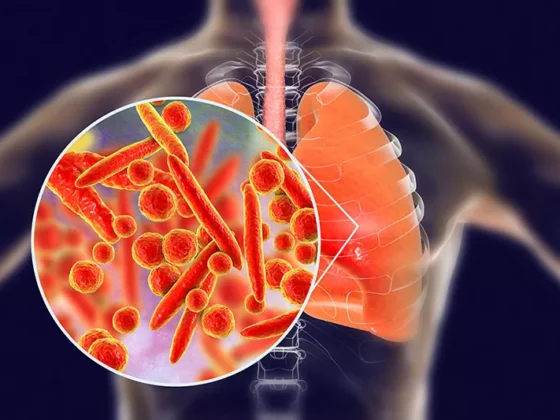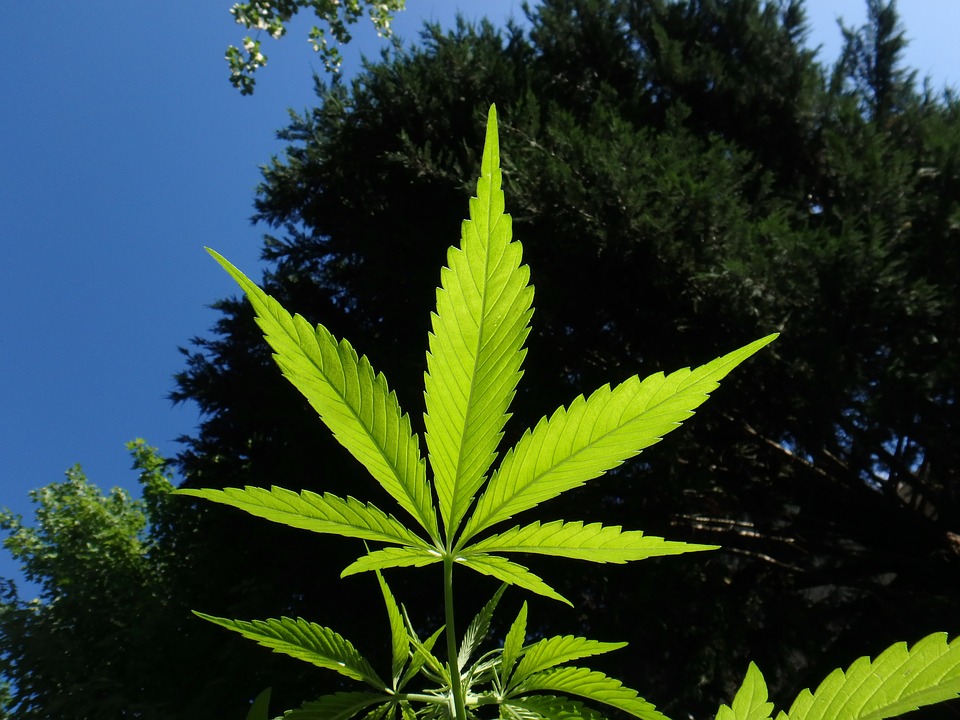The Crucial Connection Between Age and Fertility Awareness
In the realm of family planning, understanding the implications of age on fertility is often a subject that surfaces when couples embark on their parenthood journey. Founder of Crysta IVF, Dheeraj Jain, underlines the pivotal significance of comprehending the intricate interplay between age and fertility, which holds true for both men and women.
Age’s Differential Effect on Fertility: Women vs. Men
The intricacies of fertility vary significantly as individuals age. Dheeraj Jain elucidates the divergence in fertility dynamics between genders. While a woman’s birth-assigned egg reserve gradually depletes over time, a man can continually produce sperm throughout his lifetime. This divergence sets the stage for a narrower window of optimal fertility for women as compared to men.
The Prime Fertility Window: Late 20s to Early 30s
The optimal time for conception, as backed by experts, falls within the late 20s to early 30s. This age bracket not only presents the most favorable outcomes for both mother and child but also offers remarkable benefits. Research even pinpoints the ideal age for a first childbirth at approximately 30.5 years.
Advantages of Pregnancy in the Late 20s and Early 30s
Pregnancy during this age range brings forth numerous advantages. The reduced likelihood of genetic abnormalities in eggs leads to a lower risk of conditions like Down Syndrome or Thalassemia. Furthermore, the mother’s vulnerability to health complications such as gestational diabetes and hypertension is diminished.
Challenges of Late Pregnancy
However, late pregnancy isn’t without its challenges. Increased risks of pre-eclampsia, a complication affecting blood flow to the placenta, can impact the baby’s growth and development. Additionally, underlying medical conditions like PCOD or uterine fibroids can complicate the conception process.
Navigating Fertility in the Thirties: Pros and Cons
Entering the thirties brings nuanced fertility changes. While chances of conceiving stand at 15-20% per month, age-induced declines in egg quality and quantity come into play after 35. This can lead to higher rates of genetic issues and a decrease in natural conception probability.
Balancing Act: Pregnancy Risks in the 30s
The 30s also present potential risks, including higher C-section rates, increased likelihood of genetic problems in newborns, and elevated rates of miscarriages, stillbirths, and ectopic pregnancies.











